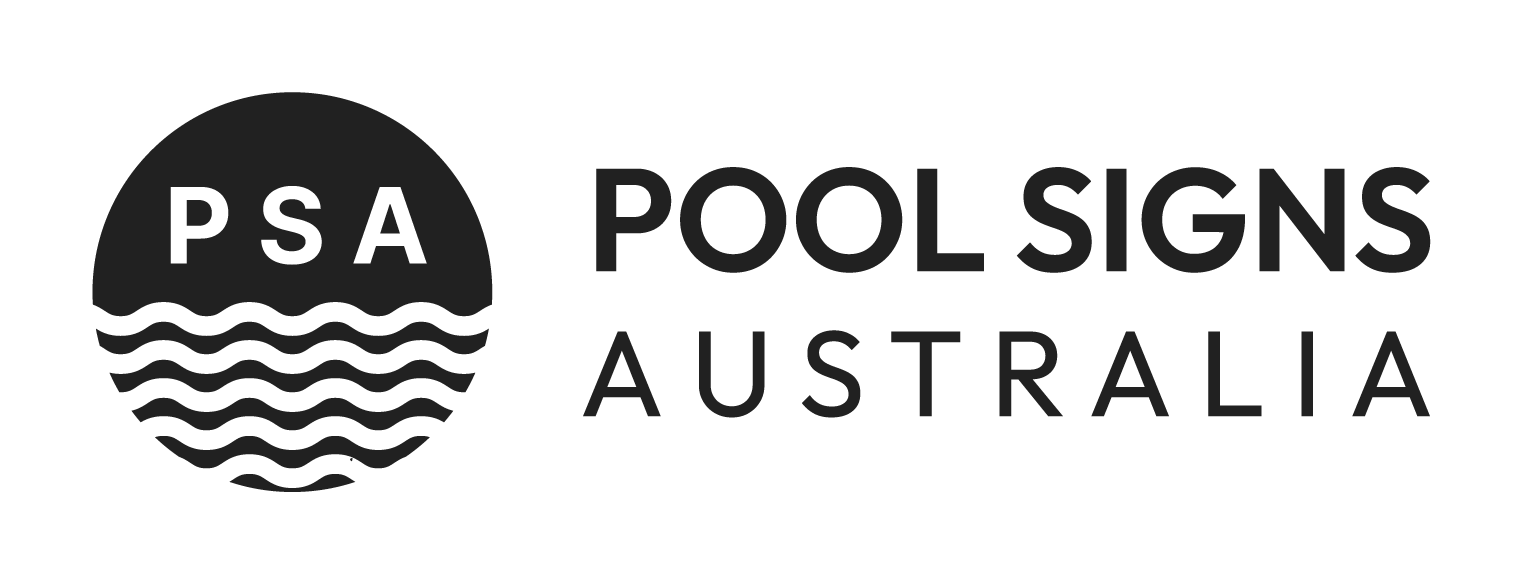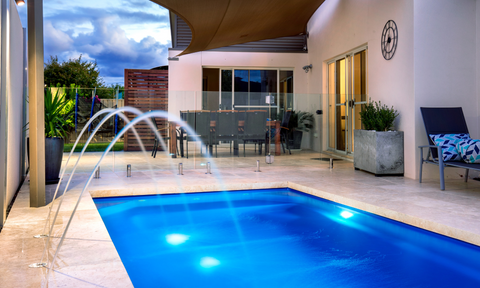Pool safety is a critical concern in New South Wales (NSW), and proper signage plays a vital role in ensuring compliance with regulations and protecting lives. Drowning is one of the leading causes of accidental death, particularly among young children, and clear, visible, and legally compliant pool signage is essential for reducing risks.
This article provides a comprehensive guide to pool signage requirements in NSW, covering legal obligations, types of required signage, placement, and best practices for ensuring safety and compliance.
Legal Requirements for Pool Signage in NSW
In NSW, pool owners must adhere to strict regulations outlined under the Swimming Pools Act 1992 and the Swimming Pools Regulation 2018. These laws mandate that signage be placed in a visible and easily accessible location to inform swimmers and non-swimmers alike of important safety instructions.
Key Legislation Governing Pool Signage
-
Swimming Pools Act 1992 – Establishes general safety and compliance requirements for pool owners.
-
Swimming Pools Regulation 2018 – Provides specific guidelines for signage, fencing, and other safety measures.
-
Australian Standard AS 1926.1-2012 – Specifies fencing and gate requirements, including signage placements.
- Local Council Regulations – Councils may have additional requirements regarding pool signage placement and content.
Failure to comply with these laws can result in fines and penalties, and more importantly, increased risks of accidents and drownings.
Types of Required Pool Signage
NSW regulations mandate different types of pool signage, depending on the setting and type of pool. Below are the key categories of signage required:
1. CPR (Cardiopulmonary Resuscitation) Signage
One of the most crucial signs required by law is the CPR sign, which provides step-by-step instructions on performing cardiopulmonary resuscitation. The following requirements apply:
-
Must be displayed near the pool.
-
Must be in good condition and clearly legible.
-
Must comply with the guidelines set by NSW Health and the Australian Resuscitation Council.
- Should be positioned where it is visible to anyone using the pool.
2. Warning and Safety Signs
Warning and safety signs help prevent accidents by informing swimmers and visitors of risks. Some common warning signs include:
-
"No Diving" Signs – Required for pools with shallow areas where diving is hazardous.
-
"Supervise Children" Signs – Reinforce the responsibility of adults in ensuring child safety.
-
"No Running" Signs – To prevent slip and fall accidents around wet areas.
- "Depth Markers" – Indicate pool depths for swimmers’ awareness.
3. Restricted Access Signs
For pools in commercial and strata settings, restricted access signs may be required to regulate entry. Examples include:
-
"Private Pool – Residents Only."
-
"Pool Area Closed After Hours."
- "No Lifeguard on Duty – Swim at Your Own Risk."
These signs help manage access and ensure that unauthorized persons do not enter pool areas.
4. Spa and Hot Tub Signage
Spa pools and hot tubs must also have safety signage that includes:
-
"Maximum Capacity" – Indicates the safe limit of users.
-
"Children Under 5 Must Be Supervised" – Required for hot tubs in public and shared spaces.
- "Maximum Water Temperature Warning" – Advises users on recommended safe water temperatures.
5. First Aid and Emergency Contact Signs
All pools, especially public and commercial pools, should have clear signage displaying:
-
Emergency contact numbers for police, ambulance, and fire services.
-
Location of the nearest first aid station.
- Instructions on how to report an emergency.
Placement of Pool Signage
Proper placement of signage is as crucial as its content. NSW laws require that:
-
CPR signs be positioned within the immediate vicinity of the pool.
-
Signage be at least 1.2 metres above ground level to be clearly visible.
- Warning signs be placed at pool entrances, near shallow areas, and in changing rooms for optimal visibility.
Emergency and first aid signs be located near exits and high-traffic areas.
Compliance and Inspection
Local councils in NSW regularly inspect pools to ensure compliance with safety regulations, including proper signage placement. Pool owners are encouraged to:
Conduct self-assessments using online checklists provided by NSW Fair Trading.
Replace any faded, damaged, or missing signs immediately.
Ensure all signage meets size, language, and format requirements as per the Swimming Pools Regulation 2018.
Failure to display mandatory signage can lead to:
-
Fines of up to $5,500 for non-compliance.
-
Prohibition orders, preventing the use of the pool until issues are rectified.
- Increased liability in case of accidents.
Best Practices for Effective Pool Signage
To enhance safety and compliance, consider the following best practices:
-
Use High-Quality Materials – Signs should be weather-resistant and durable to withstand outdoor conditions.
-
Ensure Clear Visibility – Use bold lettering and contrasting colours for maximum readability.
-
Regularly Inspect and Maintain Signs – Check for fading, peeling, or damage and replace as necessary.
-
Follow Australian Standards – Ensure all signage meets the required Australian Standards for safety and compliance.
- Educate Pool Users – Conduct regular safety briefings and highlight the importance of following signage instructions.
Pool signage is a fundamental aspect of safety and legal compliance in New South Wales. Whether you own a residential pool or manage a public swimming facility, adhering to signage requirements is essential for preventing accidents and ensuring public safety. By following NSW legislation, placing clear and visible signs, and regularly maintaining them, pool owners can contribute to a safer swimming environment for everyone.
If you’re unsure about your compliance status, consider contacting your local council or a professional pool inspector to ensure that your pool signage meets all regulatory requirements.




